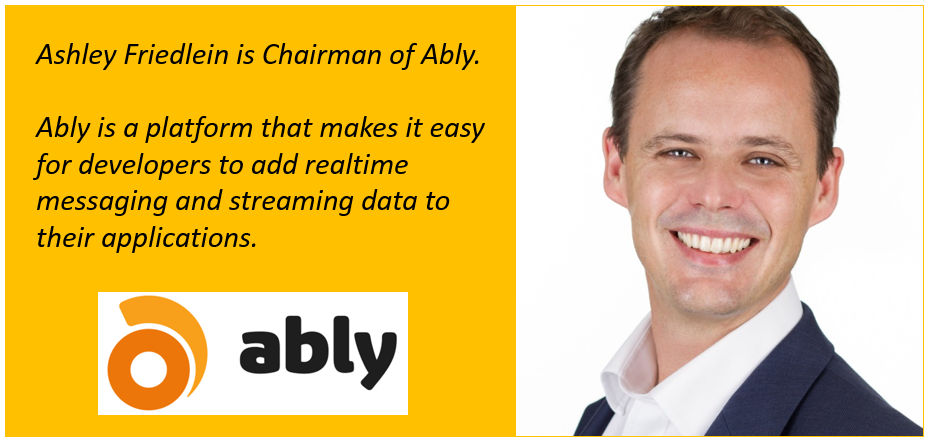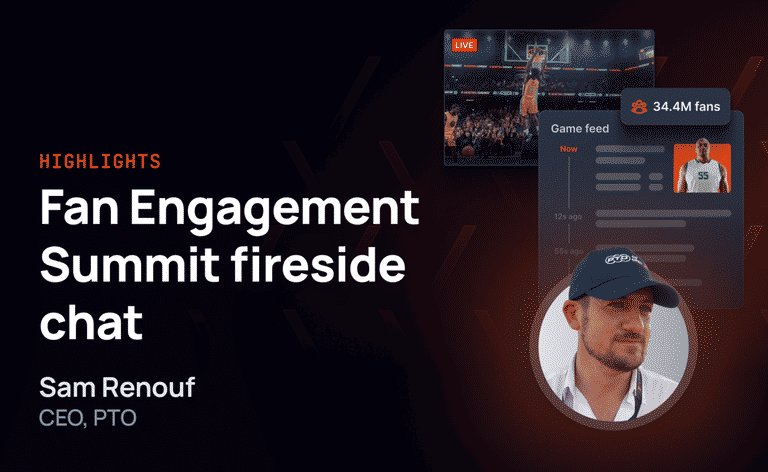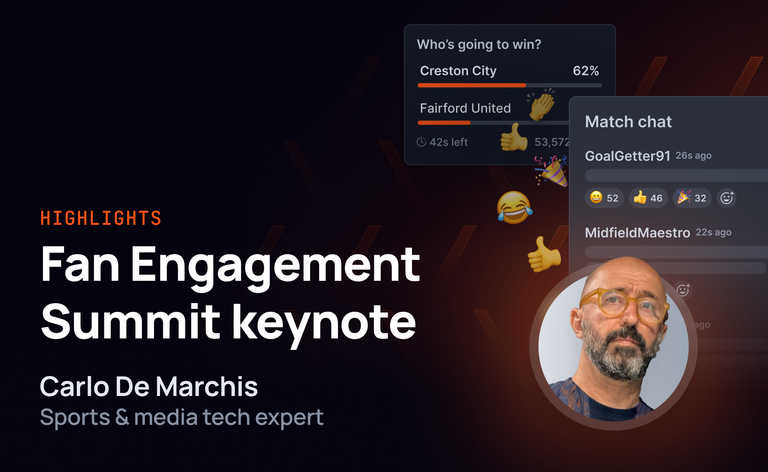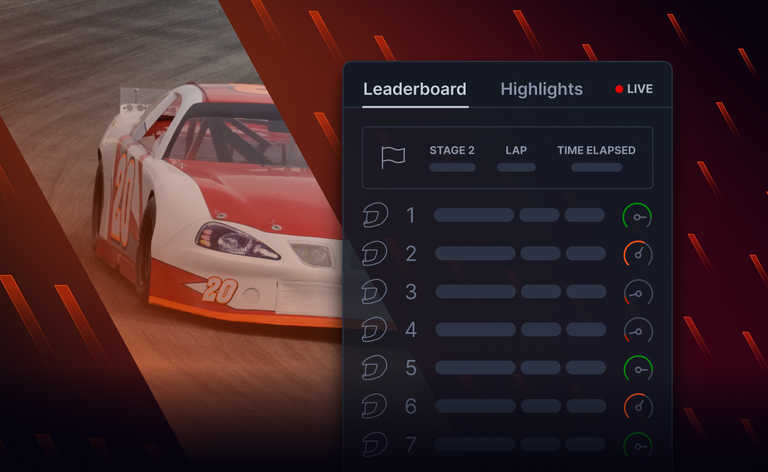
In a series of articles on smart notifications we’ll be exploring the topic from the perspective of the customer experience (so the marketer and ‘user’) as well as the developer (the technical challenges). This first piece looks at the customer experience and a vision for what smart notifications can be.
We at Ably are not the first to suggest smart notifications as a way to address the customer experience challenges around messaging. But whilst some can articulate the problem, or the opportunities, very few have the answers as yet.
The evolution of messaging
Messaging has evolved over time with things becoming more complex as the number of devices and media formats have multiplied.
Typically the volume of messaging has gone up even as companies try to make communications more personalized. As the nature of messaging has become more intimate, with mobile/push, the danger of it becoming more intrusive, overwhelming and annoying has also gone up.
The opportunity
Mobile app push notifications, if done well, can drive retention rates by over 100%. The chart below, from The Kahuna Mobile Marketing Index, shows that for opted-in users, the average 30-day audience retention rate is increased by 125% when push notifications are used and 90-day retention rates increase by as much as 180%:
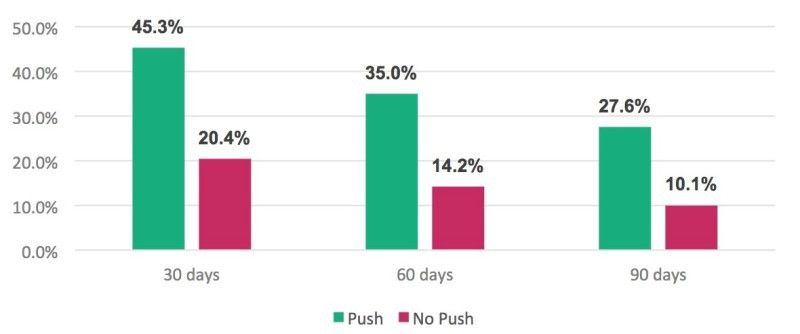
Research on push notifications and mobile app usage in China by Localytics reported that push-enabled apps were opened 11 or more times by 35% of users. However, apps without push notifications enabled were opened 11 or more times by just 15% of users. So push notifications more than double higher levels of engagement.
The opportunity for smart and compelling experiences which use notifications is also very exciting. For example, Google recently announced their Nearby service, “a new way to discover the things around you”, which uses notifications based on your location. One example is being notified to download the United Airlines app for free in-flight entertainment while you wait at the gate, before you board your flight.

The problem
The challenge is to provide messaging and notifications that are relevant and useful and desired. Not intrusive, annoying and unhelpful.
Or as BuzzFeed elegantly put it (see Recommended Reading link below), notifications that engender “appreciation” — a measure of whether your recipients would turn to you and say, “thank you for letting me know” and mean it. You have added something to their day.
But the proliferation of devices means that it can be hard to know whether a customer/user has actually received a message; sometimes there are different teams or systems involved so messages get duplicated or overlap.
There are also so many different kinds of “messages” or notifications: in-app, email, push notifications, SMS etc. So how do you orchestrate, prioritise and decide which is appropriate?
As Internet of Things (IoT) and Wearables proliferate this problem is only going to get worse.
Here is how @shokk once described the problem:
One of the biggest places where this all falls down is the number of notifications we get for the same event. When I’m at work and get an email, it displays in these different places: a notification on my Mac, another on my iPhone, another on my iPad, and on my Pebble. There is nothing that ties these together to say, hey all of us devices are in proximity and device X should have priority so only display there, as well as giving the user the chance to act on it in some way, not just dismiss the notification.
Similarly @jordygnb describes:
One brutal example was when I was using a messaging service on my phone in my living room and my laptop was open on the dining room table. Despite the fact that I was CLEARLY sending, receiving, and acknowledging the messages instantly on my phone, my laptop was still firing off notifications. Meanwhile, there was another ridiculous situation just from moving a single Trello card while having it integrated with Slack. I got an email and notification a from both Trello and Slack on my phone and laptop. 8 notifications!!!
And getting notifications wrong, even slightly wrong, is bad news. And according to loyalty analytics firm Aimia it is the tech savvy young who are least tolerant:
Millennials are 44% more likely than Generation X or baby boomers to be “high volume sensitive”: particularly irritated by large volumes of marketing messages via email, text, social media or push notifications on apps.
84% would unsubscribe from emails and close accounts, and 82% would delete apps for push notifications.
And it gets worse. According to research by Oracle into millennials and mobility 54% of millennials say that a poor mobile experience with a company would make them less likely to use any of its other products or services.
So notifications are powerful but hard to get right and can be very damaging if you get them wrong.
The solution — ‘smart’ notifications
There is no agreed definition for ‘smart notifications’ we are aware of, so here are our suggested…
10 Characteristics of Smart Notifications
- Attention-aware: you know which device your customer is currently paying attention to so you can avoid sending annoying duplicates to multiple devices.
- Medium-aware: depending on a user’s current activity on a device (or lack of) the notification knows which medium is best to engage the user: in-app, email, push or SMS.
- Context-sensitive e.g. location, device, time of day, so you can avoid sending in the middle of the night for example.
- Behavior-driven i.e. notifications are tailored based on what the user does/does not do across devices or apps.
- Results-driven i.e. you can build logic into your notifications to try various means of communication to achieve your desired goal e.g. a response, click, view, reaction. Slack does this already: if you do not respond to a desktop alert within a set time frame Slack will try a mobile push notification instead. You could also fall back to email or other communication channels.
- Connectivity-resilient: so messages/data are not lost as network connectivity inevitably changes or drops e.g. Wi-Fi to cellular or connectivity drops whilst on the move.
- Action-enriched: notifications which also allow a range of relevant actions to be performed in response i.e. beyond mere information that is then snoozed or dismissed.
- Deeply-integrated: if you are doing messaging via any third party service (e.g. Freshdesk for customer support) then you need deep integrations with those services. These might include triggers from analytics funnels, adtech or martech services.
- Really-realtime: we describe why sub 100ms responsiveness is so important in our earler article on what realtime means.
- Self-learning: in the future for most… notifications which learn and adapt to the user using AI/machine learning.
From a realtime data platform point of view the above requires certain capabilities like presence, message queues and connection state recovery. And, yes, Ably does provide these and more ;)
What next for smart notifications?
It is easy to come up with examples of annoying notifications. It is much harder to give examples of businesses doing notifications well. Slack is one example that comes to mind.
Unless you are Google, Apple, Facebook or the like then it is highly unlikely you will build the tech infrastructure to power smart notifications.
But luckily Ably has. Now we’re keen to find partners and customers to properly deliver on the promise of smart notifications. Do contact us if you want to discuss further.
Recommended Reading
Some articles we recommend on this topic:
Toby Coppel describes the trends and evolution in messaging well: The New Platformsmedium.com
Justin Hendrix does a summary of the state of the art for notifications from a panel from an NYC Media Lab event: The State of the Art for Notifications NYC Media Lab Notesmedium.com
Some good advice from BuzzFeed on how to think about notifications: The Word You Should Think About When Sending A Push Notification
Any comments welcome as usual!
